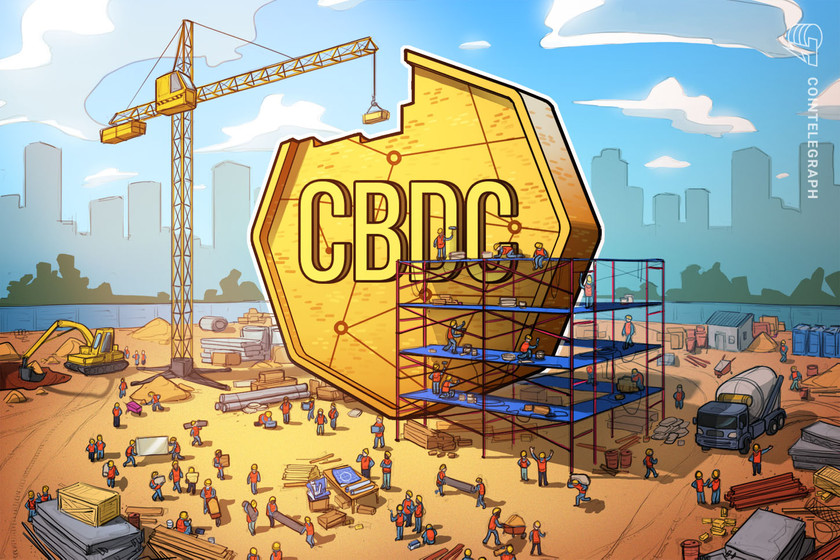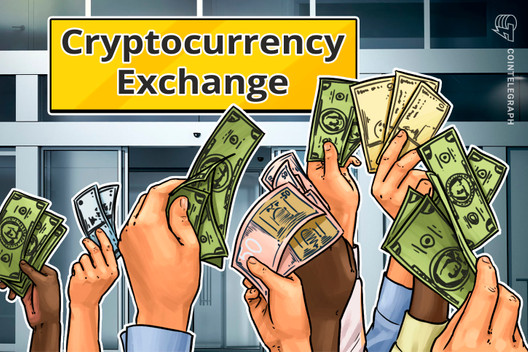World Gov’ts Eye Blockchain as Dollar’s Power Wanes, Says Ripple CEO
Blockchain is offering global governments a serious alternative to a strained financial system, Ripple CEO Brad Garlinghouse says.

Cryptocurrency advocates have long been keen to point to the weaknesses of fiat currency. Now an uncertain world rocked by a global health crisis and geopolitical flare-ups is bringing them into dialogue with the mainstream more than ever.
In a tweet thread published on Aug. 3, Ripple CEO Brad Garlinghouse engaged with a recent article in Bloomberg, which had surveyed the gamut of potential alternatives to the dollar as the world’s reserve currency.
The article spanned gold, several major fiat currencies — the yen, yuan and euro — the Special Drawing Rights issued by the IMF, and ended with cryptocurrencies.
Majority of governments are “looking seriously at blockchain”
Garlinghouse said the momentum behind digital currencies on the cusp of the 2020s was a question of “trust in the financial system at the end of the day.”
“As global populations continue to lose confidence in fiat currencies (as we’re seeing with USD), they will choose to diversify. Our future global financial system will do the same,” he argued.
His argument held a line close to Fundstrat’s Tom Lee, who had told Bloomberg that “trust is really getting broken in the traditional financial system—that’s the theme. The less trust you have in the dollar, the more you want alternatives.”
Against this backdrop of economic upheaval, cracks in the post-1989 geopolitical order, and strains to global trade and investment, Garlinghouse argued that the intrinsic benefits of cryptocurrencies are more apparent than ever before:
“A year ago, many decried crypto as a scam, and now a majority of govts are looking seriously at blockchain. It addresses frictions (i.e. settlement, transparency, etc) that were assumed VERY hard to solve before. Crypto is up 80% while USD is down 3% YTD [year-to-date].”
China’s development of a central bank digital currency is the key example of the rising power’s turn to innovative technologies to raise its game in the new century’s geopolitical, monetary and technological contests.
Dollar strains
The COVID-19 economic crisis began bullishly for the U.S. dollar, with investors fleeing to its “refuge” early on — spurring an exceptional 9% rally.
But this familiar pattern has been upended as the crisis wears on. July was the greenback’s worst month in a decade. Its recent dip reflects mounting diplomatic tensions between the U.S. and China and the uneasy settlement that the dollar’s dominance represents in a tumultuous and multipolar world, thrown into sharp relief by the pandemic.
Analysts — as Garlinghouse notes — all agree that we’re unlikely to see the immediate demise of dollar hegemony.
The dollar’s position as the “backbone” of global financial infrastructure “isn’t going to disappear in favor of gold/the yuan/crypto/any other asset any time soon,” Garlinghouse wrote. “But is it weaker today? Yes.”
The United States’ faltering response to the public health crisis and internal political polarizations have arguably contributed to a loss in its soft power, and investors in the U.S. bond market appear to be pricing-in a disappointing U.S. economic recovery.









